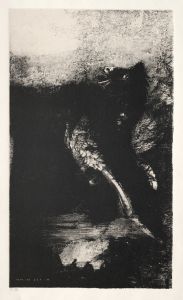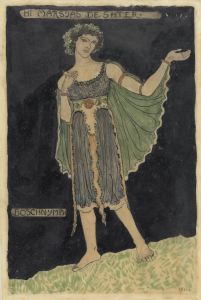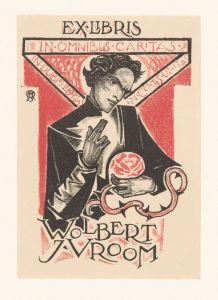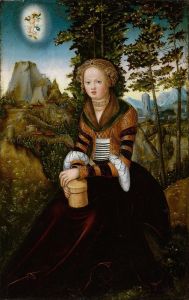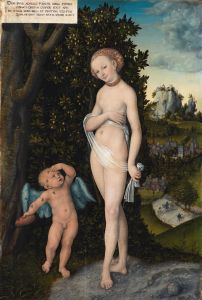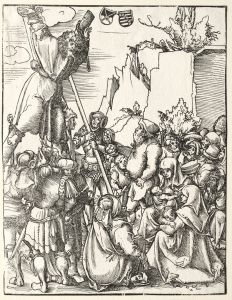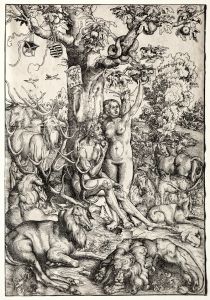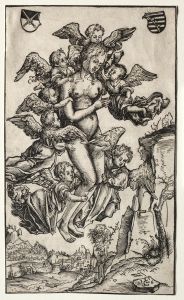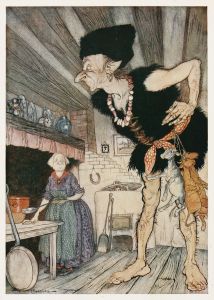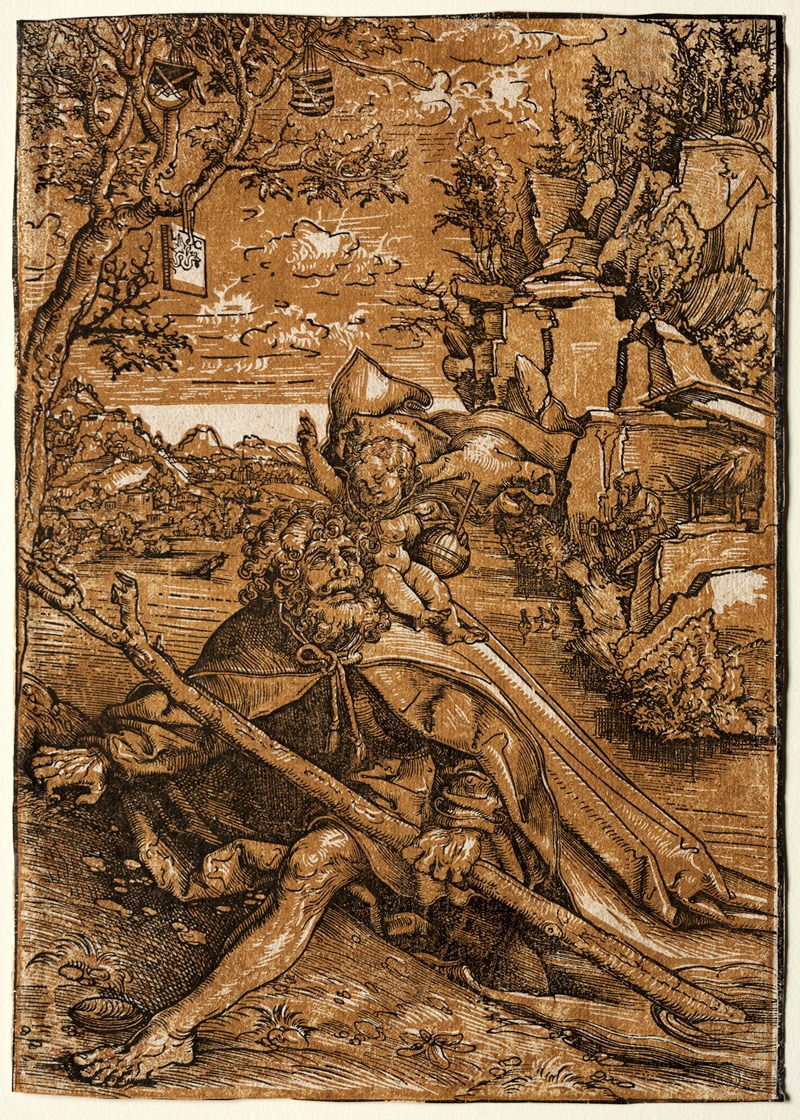
Saint Christopher
A hand-painted replica of Lucas Cranach the Elder’s masterpiece Saint Christopher, meticulously crafted by professional artists to capture the true essence of the original. Each piece is created with museum-quality canvas and rare mineral pigments, carefully painted by experienced artists with delicate brushstrokes and rich, layered colors to perfectly recreate the texture of the original artwork. Unlike machine-printed reproductions, this hand-painted version brings the painting to life, infused with the artist’s emotions and skill in every stroke. Whether for personal collection or home decoration, it instantly elevates the artistic atmosphere of any space.
Lucas Cranach the Elder, a prominent German Renaissance painter, created several works depicting Saint Christopher, a popular subject in Christian art. Saint Christopher is traditionally regarded as the patron saint of travelers, often depicted carrying the Christ Child across a river. Cranach's interpretation of this theme reflects his distinctive style, characterized by attention to detail, vibrant colors, and a blend of Gothic and Renaissance elements.
Cranach was born in 1472 in Kronach, Germany, and became one of the leading artists of his time. He served as the court painter to the Electors of Saxony and was a close friend of Martin Luther, the Protestant Reformer. His workshop produced numerous religious and mythological paintings, portraits, and altarpieces, many of which were influenced by the Reformation's ideals.
The painting "Saint Christopher" by Lucas Cranach the Elder is believed to have been created in the early 16th century, although the exact date is not definitively known. This work exemplifies Cranach's ability to convey religious themes with clarity and emotional resonance. In the painting, Saint Christopher is typically portrayed as a giant figure, emphasizing his strength and the miraculous nature of his story. He is shown wading through a river, with the Christ Child perched on his shoulder or back. The Christ Child often holds a globe or orb, symbolizing his dominion over the world.
Cranach's depiction of Saint Christopher is notable for its dynamic composition and the use of landscape to enhance the narrative. The background often includes detailed natural elements, such as trees, water, and distant hills, which provide a sense of depth and context to the scene. The artist's use of color is also significant, with rich, earthy tones and vibrant highlights that bring the figures to life.
The painting reflects the transitional period in which Cranach worked, where Gothic traditions were gradually giving way to Renaissance ideals. This is evident in the realistic portrayal of human anatomy and the use of perspective, which were hallmarks of Renaissance art. However, Cranach retained certain Gothic elements, such as elongated figures and a focus on decorative detail, which are evident in his depiction of Saint Christopher.
Cranach's "Saint Christopher" is part of a broader tradition of depicting this saint in art, which dates back to the Middle Ages. The story of Saint Christopher, who is said to have carried the Christ Child across a river, has been a popular subject due to its themes of faith, strength, and protection. This narrative was particularly resonant during the Reformation, a time of religious upheaval and transformation in which Cranach was deeply involved.
The painting is housed in various collections, as Cranach's workshop produced multiple versions of the Saint Christopher theme. Each version may vary slightly in composition and detail, reflecting the collaborative nature of Cranach's workshop and the demand for religious imagery during his lifetime.
Overall, Lucas Cranach the Elder's "Saint Christopher" is a testament to the artist's skill in blending religious narrative with artistic innovation. It remains an important example of Northern Renaissance art and continues to be appreciated for its historical and artistic significance.





